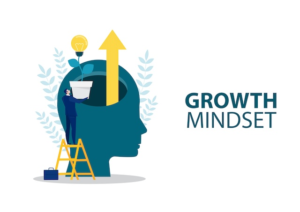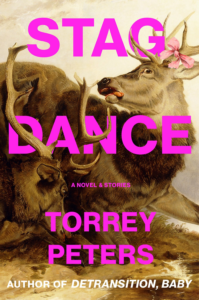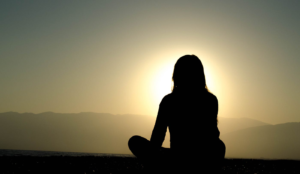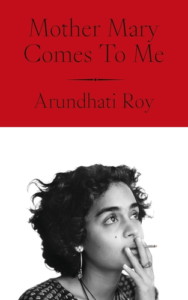Mastering the Lens: Essential Photography and Videography Techniques for Storytellers
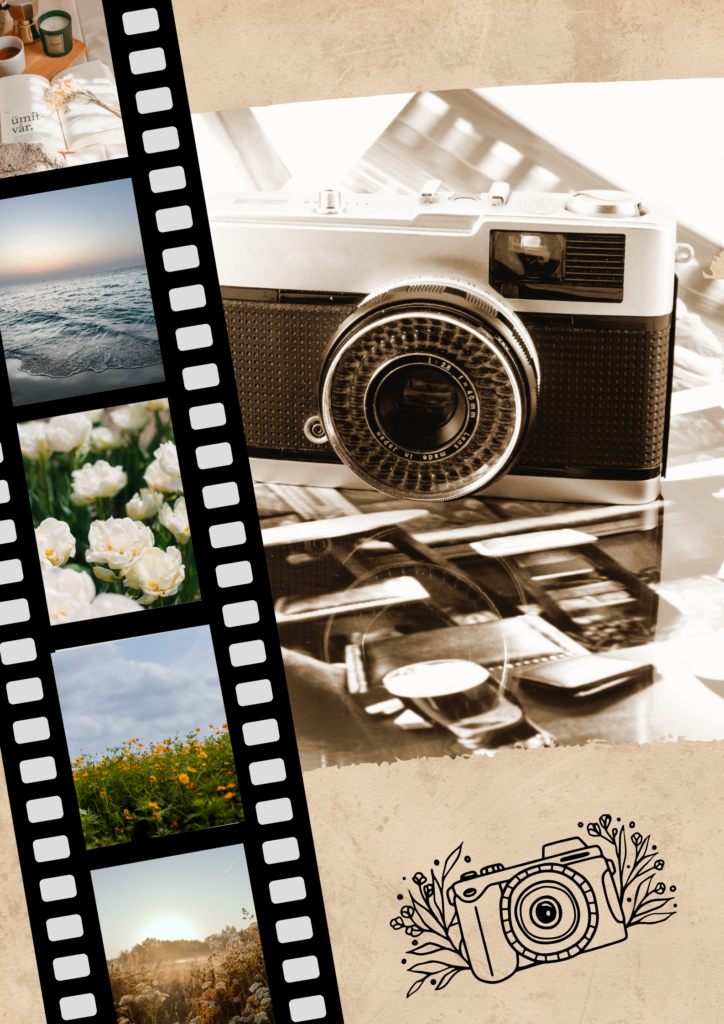
In the captivating world of visual narratives, photography and videography are the essential mediums through which stories unfold. For those embarking on this creative journey, it’s not just about having an artistic vision—it’s also about grasping the technicalities, injecting originality, and consistently striving for that elusive, perfect capture. Here is a comprehensive guide to assist you in mastering the delicate interplay of illumination, contrast, and movement.
Building Blocks: Know Your Equipment
Embarking on your visual storytelling adventure begins with a thorough understanding of your gear. Whether it’s a DSLR or a mirrorless camera, each type offers unique benefits. Delve into your camera’s features—mastering the settings of aperture, shutter speed, ISO, and white balance is fundamental to crafting the aesthetic of your visuals.
Embracing Manual Mode: The Power of Precision
Utilizing manual mode empowers you with full command over these critical settings, paving the way for impeccably exposed images. Auto modes might seem convenient, but they often overlook the artist’s intent. By choosing manual, your creative horizons will broaden immeasurably.
Shutter Angle: Choreographing Motion
For videographers, the shutter angle is a pivotal aspect in managing motion blur and achieving a filmic quality. The standard 180-degree shutter angle produces a motion blur that mimics the human eye’s perception. Modifying this angle can sharpen or soften your footage, tailoring it to the narrative you’re crafting.
Frame Rate: Setting the Tempo
Your choice of frame rate dictates the tempo of your visual tale. The cinematic standard is 24 fps, but opting for higher frame rates like 60 fps is perfect for capturing swift movements or crafting fluid slow-motion sequences in editing.
Composition: Crafting Visual Harmony
The essence of visual storytelling lies in composition. Employ techniques like the rule of thirds, leading lines, and strategic framing to direct attention and evoke feelings. The arrangement of elements within your frame, whether orderly or chaotic, will communicate your message powerfully.
Lighting: Sculpting the Scene
Lighting is your most influential storytelling tool. It has the power to elevate a simple scene to an epic tableau or to turn a portrait into an insightful character revelation. Utilize the subtleties of natural light or the precision of artificial sources, experimenting with positioning and modifiers to set the perfect tone for your subject.
The Narrative: Weaving a Tale
Each image or clip is a fragment of a larger narrative. By understanding the structure of a story, from its beginning to its climax and conclusion, you can ensure that every shot adds depth and meaning to the tale you’re weaving.
Post-Production: Polishing Your Vision
The magic of post-production breathes life into your raw captures. Through editing, you can enhance colors, adjust contrasts, and refine compositions. It’s also an opportunity to introduce complementary effects, transitions, and audio that align with your visual storytelling style. Tools like Luminar Neo can transform your initial shots into captivating stories.
Dedication: The Journey to Mastery
Above all, relentless practice is the key to excellence. Both photography and videography are crafts perfected over time, shaped by both triumphs and setbacks. Every frame you capture is a step closer to becoming a master visual storyteller.

